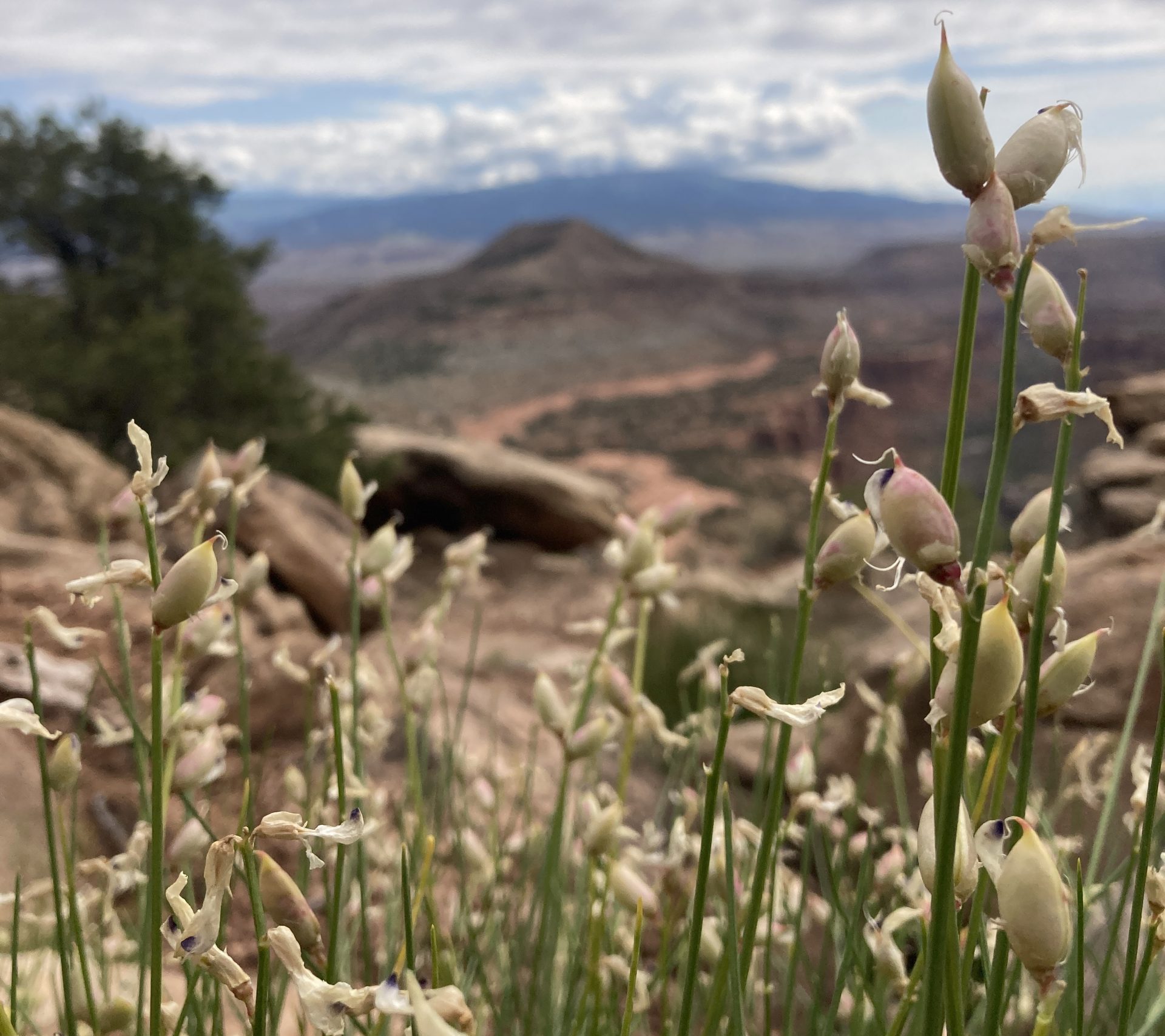Sharing Insights from CPC’s Seed Longevity Study
The Center for Plant Conservation and its partners at the San Diego Zoo Wildlife Alliance and the National Laboratory for Genetic Resource Preservation (NLGRP) recently hosted a webinar to share preliminary insights from a four-year research study evaluating the aging and longevity of wild rare plant species’ seeds in long-term orthodox seedbanks.
This Institute for Museum and Library Services-funded Seed Longevity Study—which utilizes RNA integrity number (RIN) as a metric of seed aging—compared the germination-based viability, RNA integrity, and lipid biophysics of seeds held in frozen storage for 15+ years to seed recollected or regenerated from the same plant population. The study tested the hypothesis that RIN can help approximate seed health in storage, which can be used to inform curation and management decisions surrounding rare plants. The viability of seeds from over 100 species were assessed during this study and research was collaboratively conducted by CPC, NLGRP, and 21 CPC Conservation Partners from throughout the United States.

The webinar featured informative presentations by Dr. Katie Heineman of the San Diego Zoo Wildlife Alliance, and presentations from Lisa Hill, Dr. Hannah Tetreault, and Dr. Chris Walters of NLGRP. While the findings discussed during the webinar are preliminary, the study has shown that most of the 20+ year-old seeds are alive, and that seed banking is an effective method of ex situ conservation for wild rare plant species. The team also highlighted patterns in seed longevity between plants families and ecological groups that could be keep to predicting seed longevity on a broader set of rare species.
A recording of the webinar will be sent to all registered participants. If you did not register, but would like to receive the webinar recording, please contact info@saveplants.org.